Learn to Be a Viking (Without the Pillaging) in Ribe, Denmark
Travel back in time in this Viking village
At one time, the Vikings were feared around Europe for their battle skills and acutely good sense of where to pillage. But back at their Scandinavian homestead, they lived a much calmer life farming and raising families. Modern-day Vikings looking for an education in these old ways—whether they prefer to battle or just Norse sagas and chill—should get to Denmark, a hub of Viking activity past and present.
From medieval trading centers to runic monuments, Viking heritage rules Denmark. In Jelling, there’s the Jelling stone, also known as “the birth certificate of Denmark;” a runic stone carved by King Harald Bluetooth in 965 to honor his parents and announce his unification of Denmark under Christian rule. Kerteminde has the Ladby Ship, Denmark’s only authentic ship burial of a Viking king dating back to 925. More ships are on display at the Viking Ship Museum in Roskilde, which houses five original longboats rescued from the fjord. And an entire Viking farmstead has been recreated in Hobro. Viking heritage is so intrinsic here that there’s even a self-guided Viking history trail around the country.
But if you really want to learn to be a true Viking, head to Ribe. The city’s Viking heritage began back in 710 AD, making it not only the first town in Denmark, but also the first in Scandinavia as a whole. It was an ideal location for a market with a permanent settlement, situated on the banks of the North Sea and cut through by the Ribe River. Plus, the harbor was big enough to accommodate large ships from far-off lands. Though the Viking era as we know it today began in 793 AD with the first known Viking raid, on Lindisfarne in the UK, Ribe was a functioning international trading center with both economic and political significance to the Vikings long before. Viking artifacts are still being found in the area, too—in June this year, a trio of amateur archaeologists found seven valuable arm bangles nearby dating back to the 10th century.
Aspiring Vikings can begin their education at the VikingeCenter, a heritage center designed to provide the true experience of Viking life in Ribe. Living history reenactors work in authentic reconstructions of three areas of Viking-era Ribe: a marketplace with an adjoining ship, a farmstead with five buildings, and a collection of eight townhouses. The center holds workshops and classes every day to indoctrinate visitors into Viking life, from warrior training for children and falconry shows to archery lessons and ancient handicraft workshops. Every year, the center hosts the International Viking Market, which is run according to Viking trade principles and in the most exact historical representation possible.
Ribe is also home to the Museet Ribes Vikinger, a Viking museum with archaeological artifacts dating from 700 to 1700 AD. The museum has several experience rooms with built-out landscapes and building sites representing different parts of a Viking’s year. There’s even a school in the city, Produktionsskolen Lustrupholm, for young people ages 16 to 25. Here, they work on making Viking-era garments, maintain reconstructed buildings, work with animals, learn to cook in a Viking kitchen, and make historical handicrafts.
Although the Vikings have a justly-earned negative reputation as violent raiders, the museum and school aim to introduce visitors to lesser-know aspects of Viking community life, as well.
“We don't always recognize it, but [Denmark’s] parliament would perhaps not have been if not for the Vikings' Thing Assemblies,” Colin Seymour, head of tourism for the Varde municipality in Denmark, told Smithsonian.com. (Things, where community members assembled to settle disputes and elect leaders, were the forerunners of modern-day parliaments.) “When we celebrate Jul [Christmas], it is very much based on the Viking tradition. And many other traits are derived from Viking ancestors, for instance independence and independent women, the laid-back manner, family values, the courage to embrace change, and more."
/https://tf-cmsv2-smithsonianmag-media.s3.amazonaws.com/accounts/headshot/JenniferBillock.png)
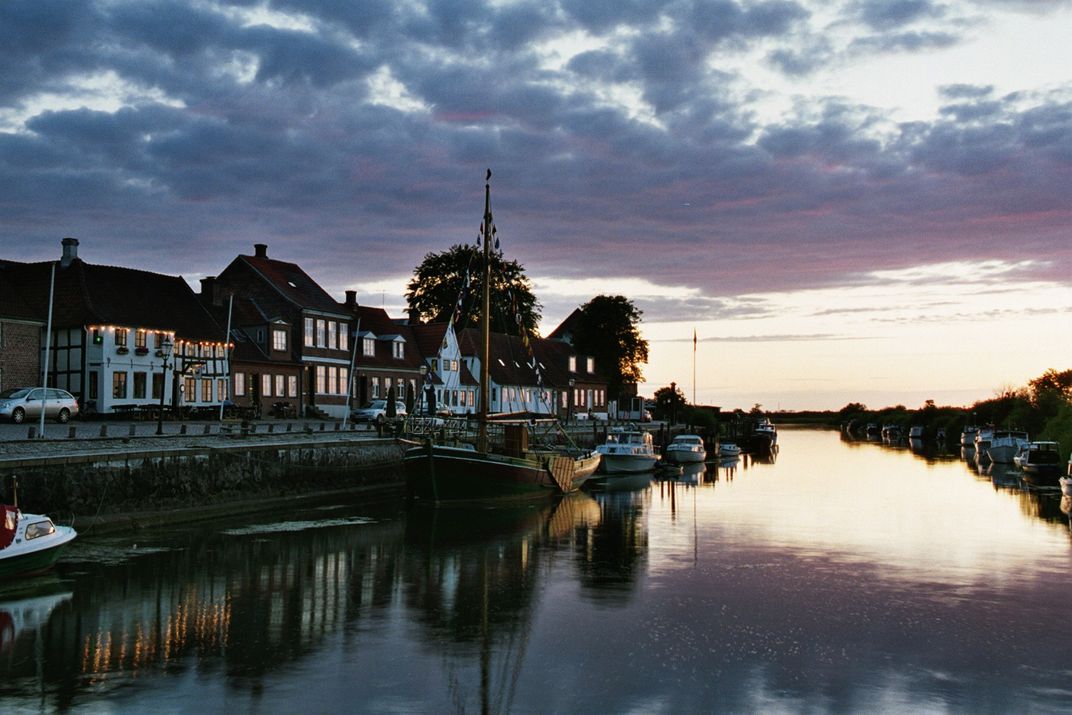
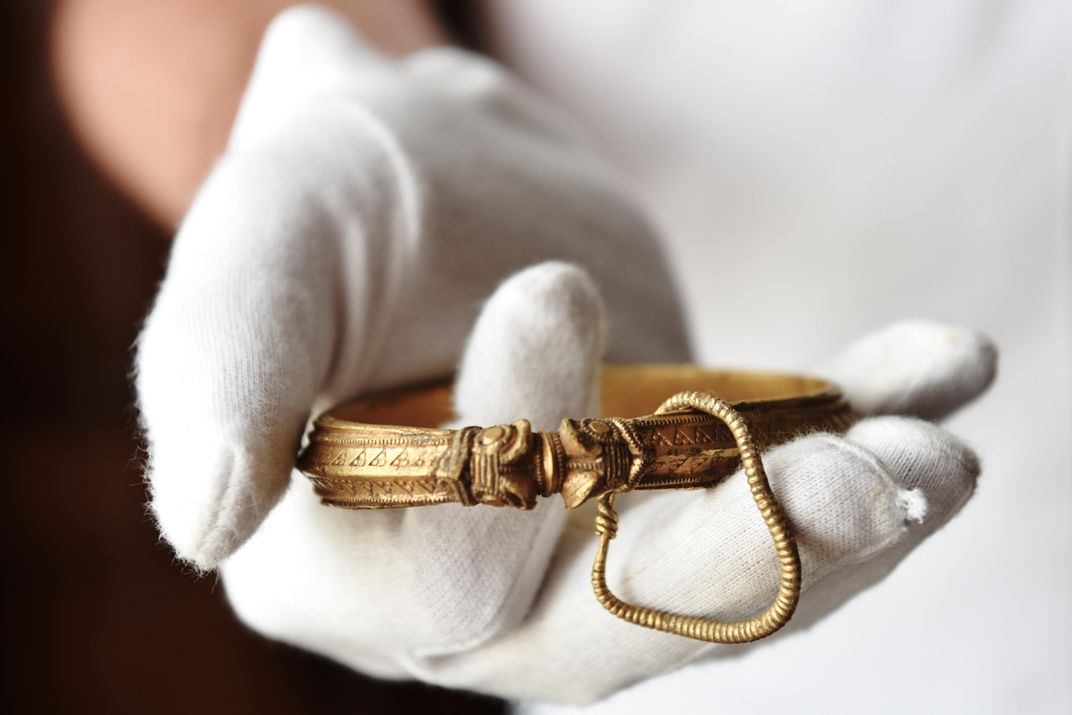
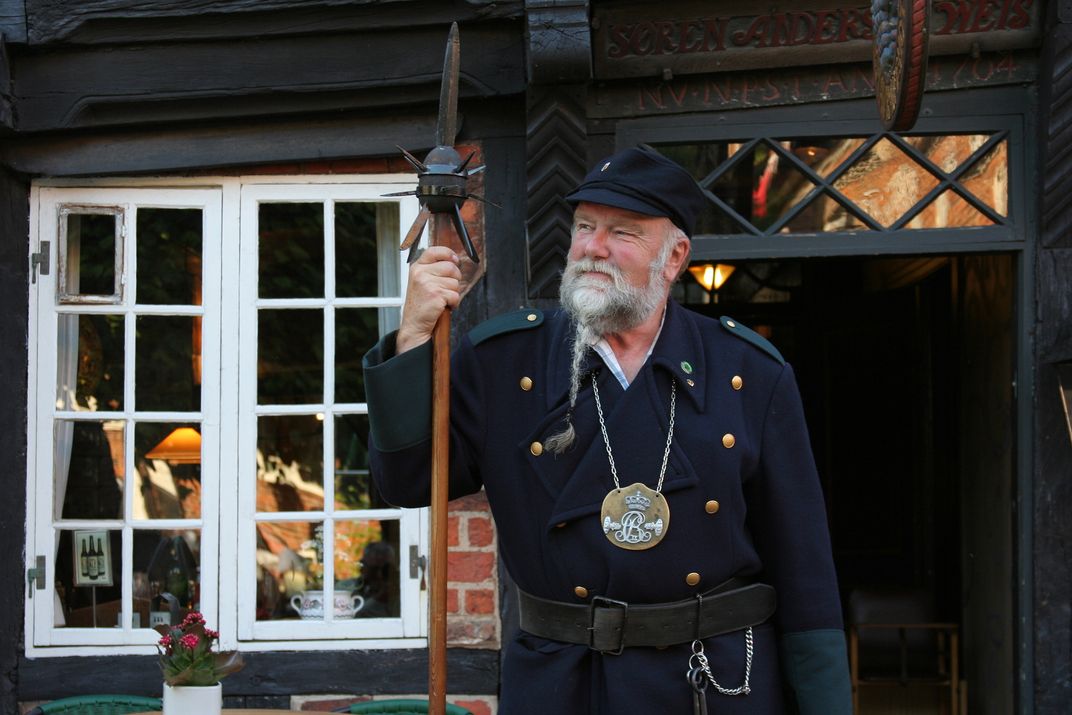
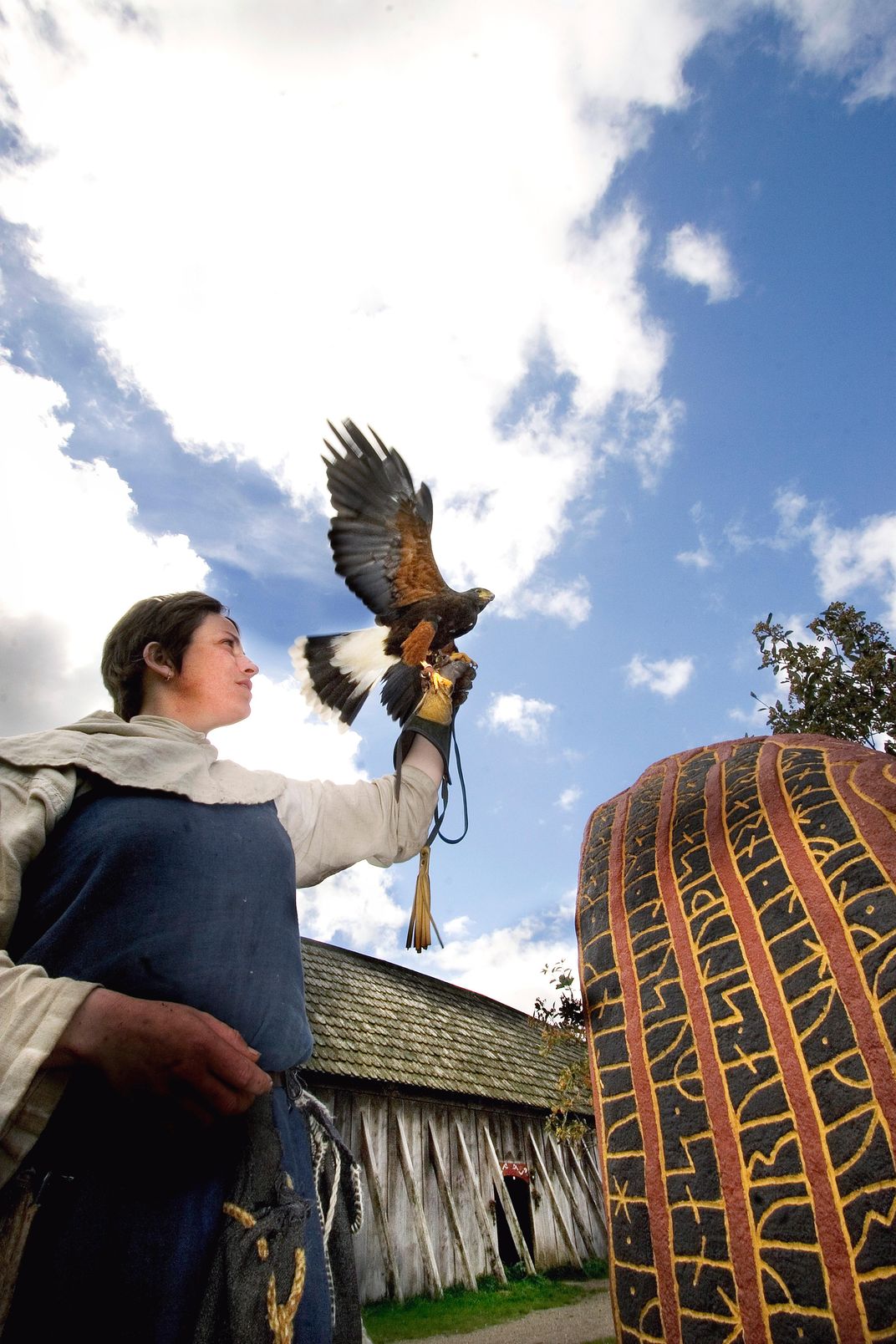
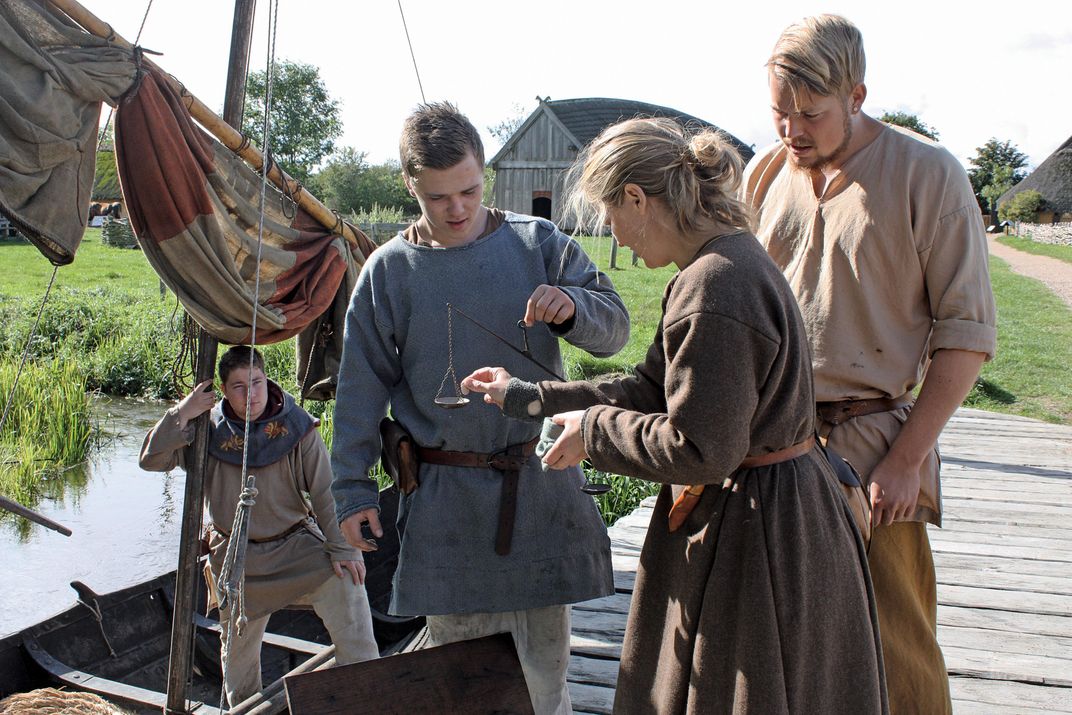
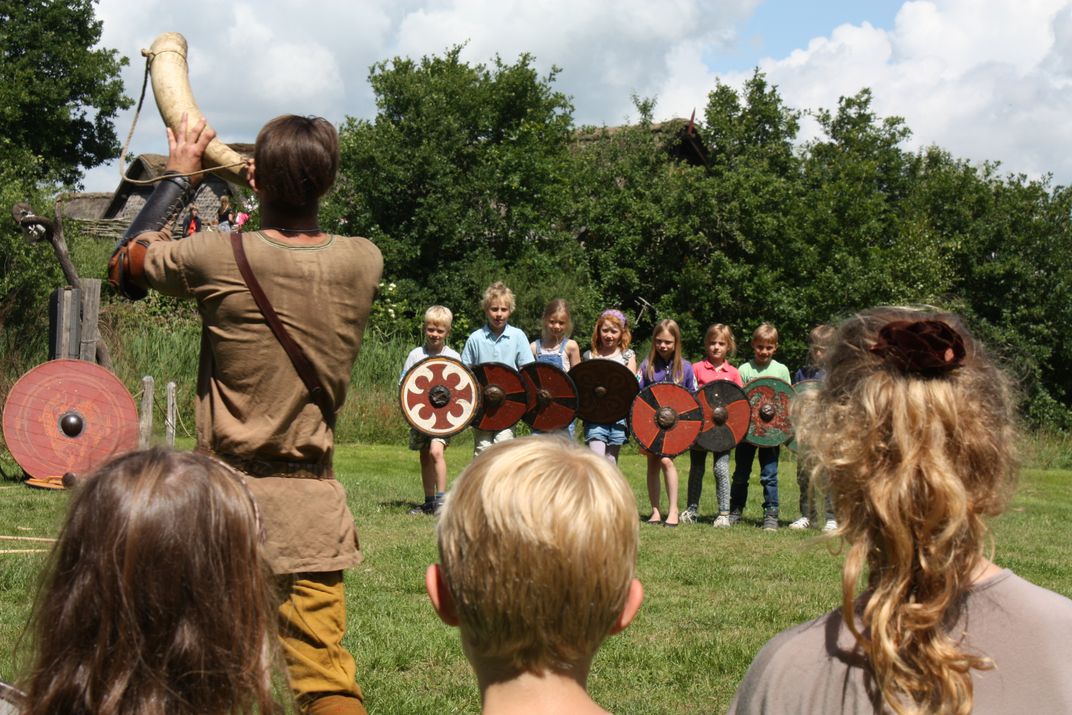
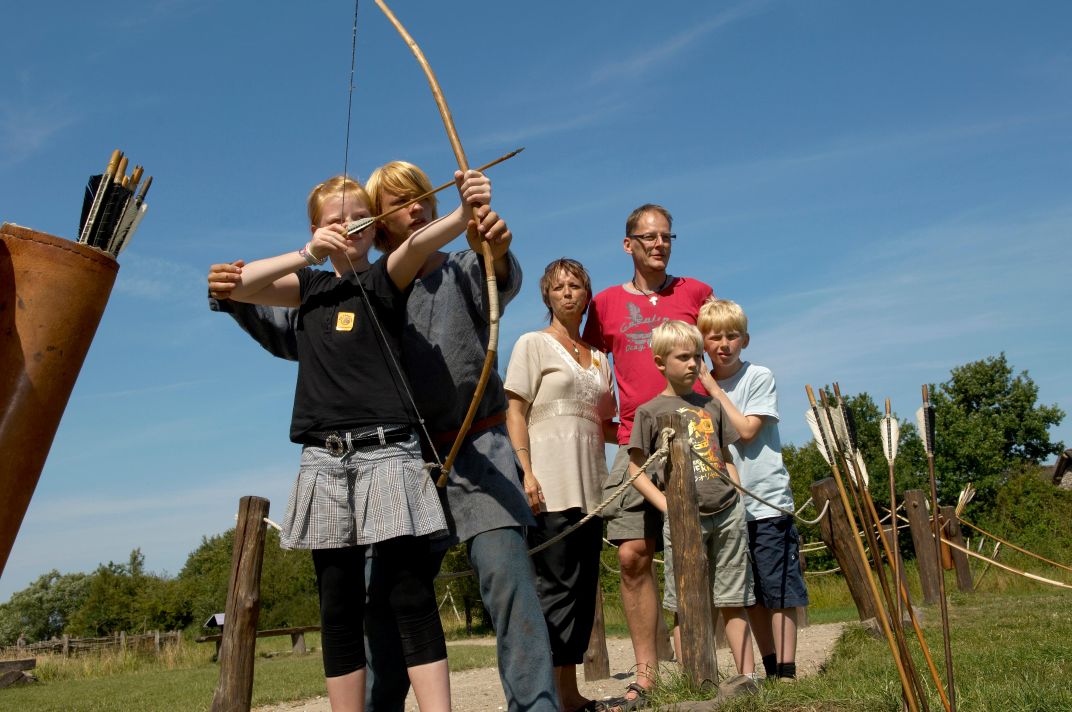
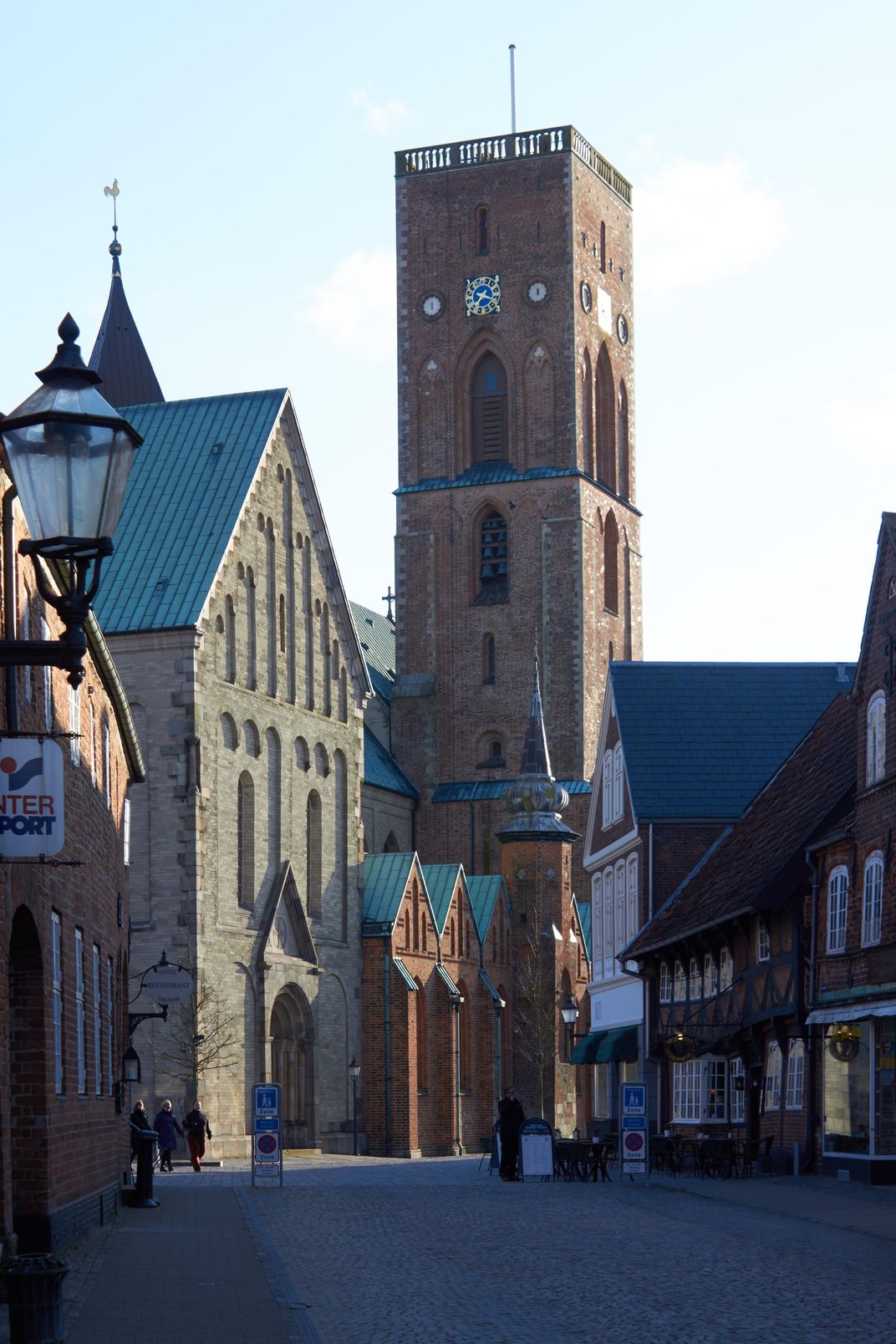
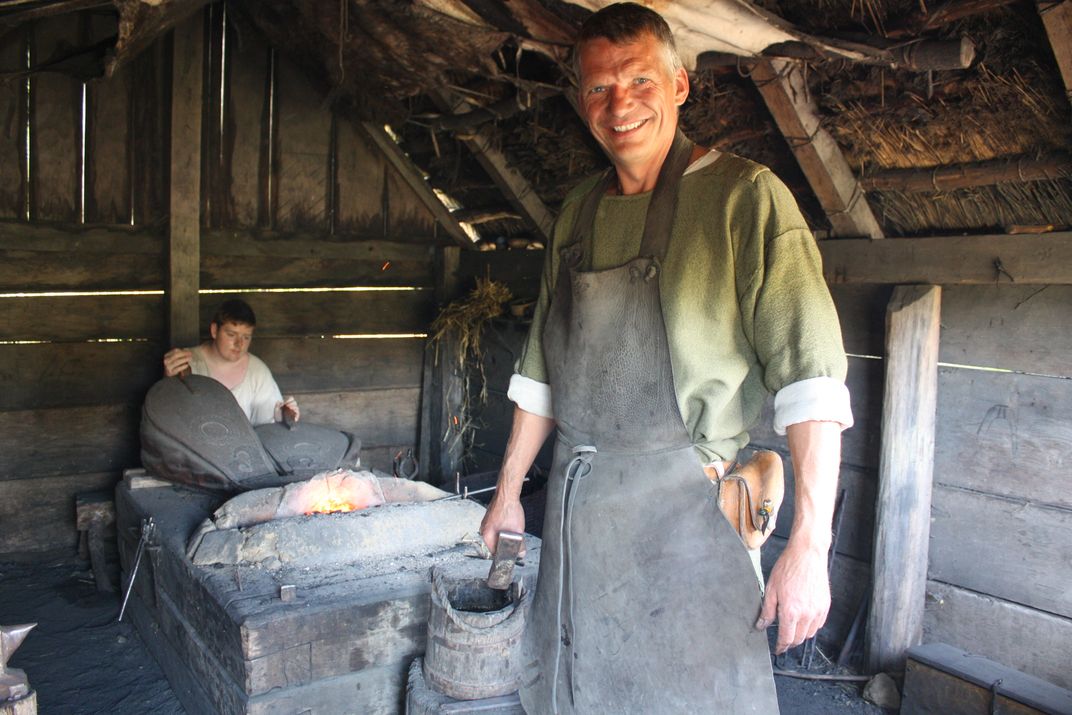
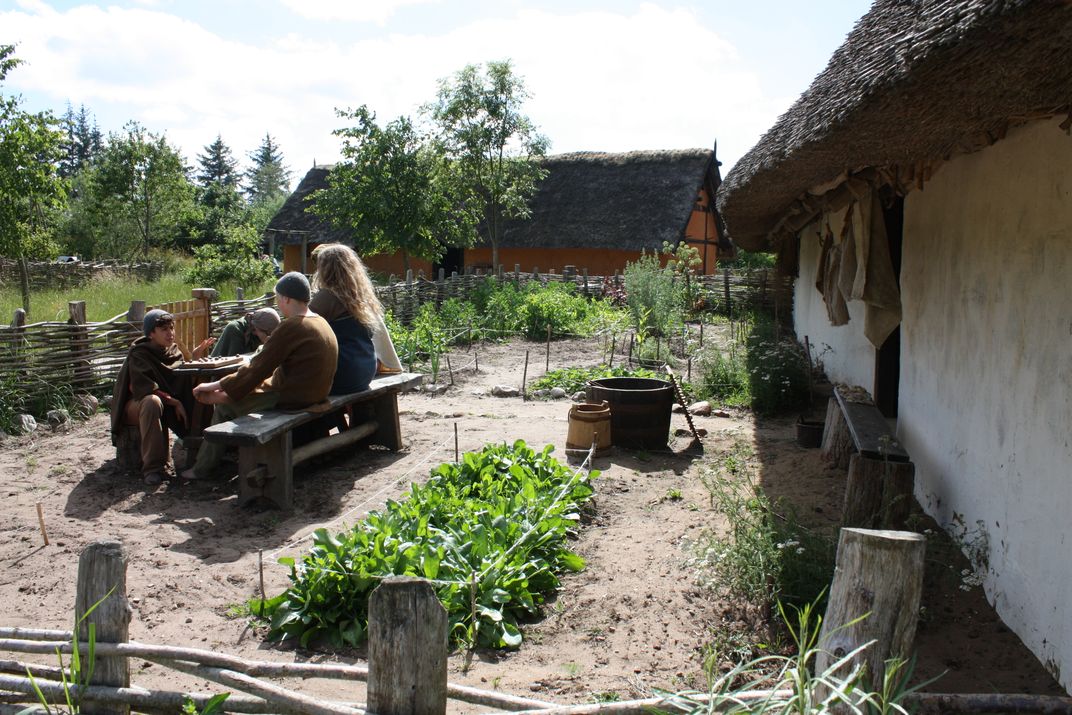
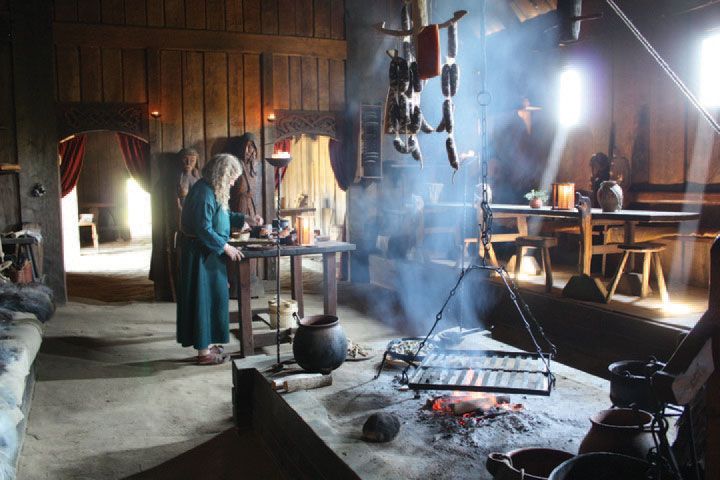
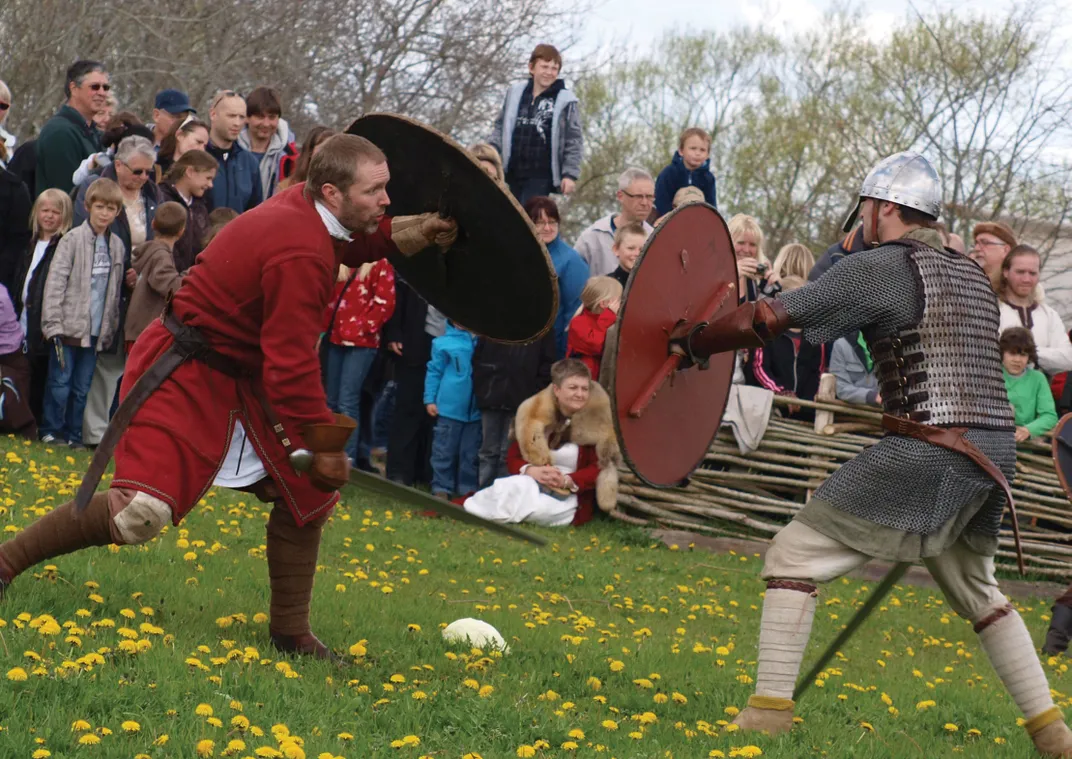
/https://tf-cmsv2-smithsonianmag-media.s3.amazonaws.com/accounts/headshot/JenniferBillock.png)